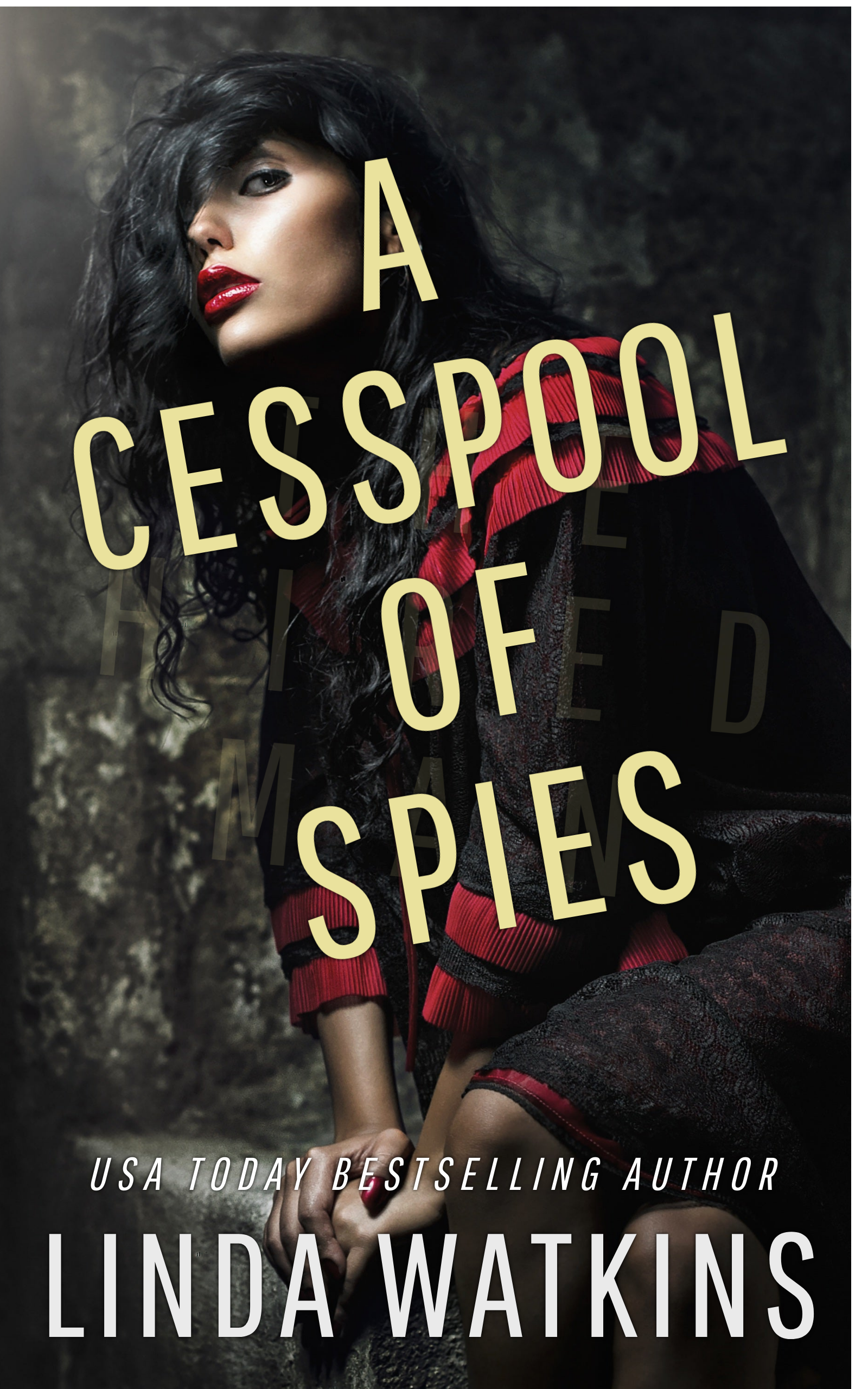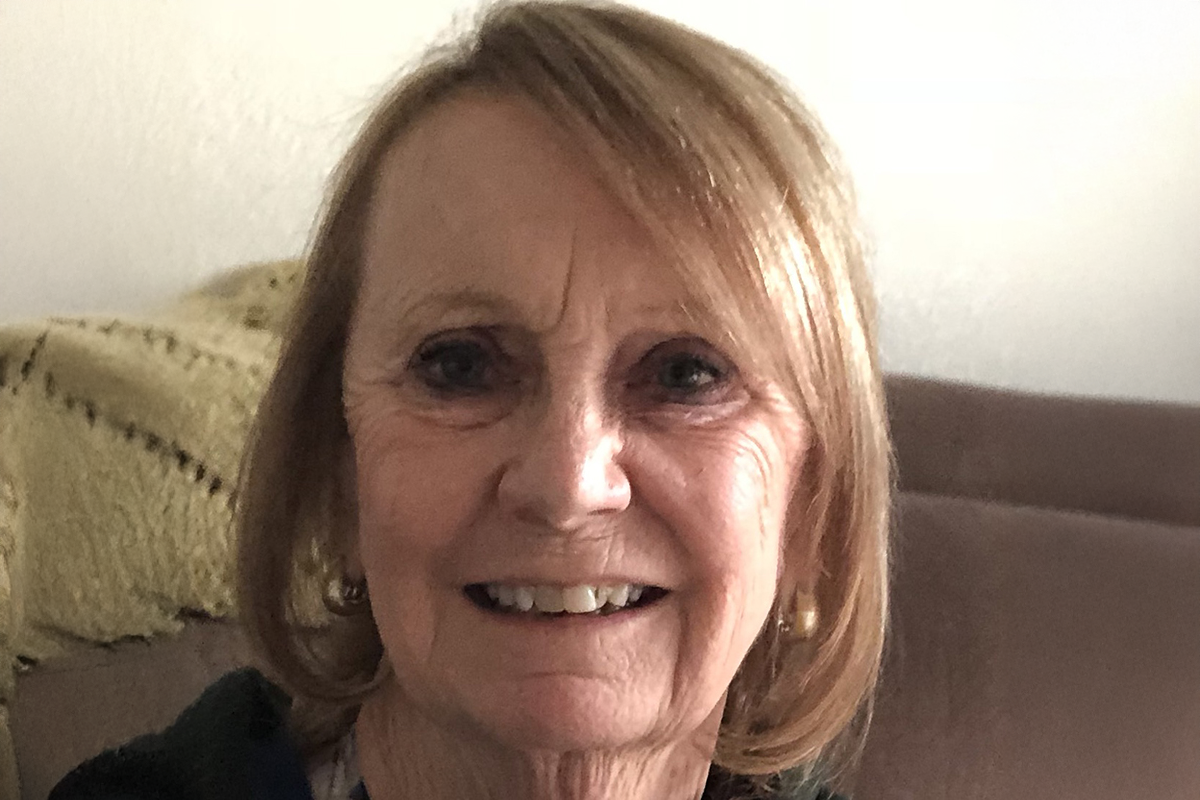PHOTO: Linda Watkins, bestselling author of gothic mysteries, thrillers, and literary fiction, pictured with warmth and quiet strength.
Exploring Stories Of Mystery, Suspense, And Human Depth
Linda Watkins reflects on her path as a bestselling author, discussing gothic suspense, shifting genres, and the inspiration behind her deeply psychological, emotionally charged, and compellingly atmospheric novels.
Linda Watkins is a USA Today bestselling author whose body of work traverses gothic horror, mystery, literary fiction, and historical thrillers. Her novels are celebrated for their blend of taut suspense and deeply human storytelling, qualities that reflect both her wide-ranging life experience and her instinct for exploring the darker corners of the psyche. From the eerie shores of Mateguas Island to the turbulent streets of Istanbul in A Cesspool of Spies, her worlds are at once vividly real and richly unsettling.
What sets Watkins apart is her ability to root her stories in emotional truth. Whether crafting the fractured love story of Bill and Karen in The Mateguas Island Series or shaping the moral dilemmas faced by Dr Kate Pomeroy in her gothic mysteries, she brings a psychological intensity to her characters that lingers long after the final page. Isolation, obsession, and the struggle between reason and the inexplicable are recurring themes that give her work both tension and resonance.
Equally striking is her versatility. Watkins moves fluidly between genres: from the coming-of-age poignancy of Summer Girl, A Novel to the noir-inflected Steve Daniels Mystery Series, and even into the chilling folk horror of The Night of the Sciurus. Each shift reveals her restless creativity and willingness to take risks, while her commitment to strong, complex protagonists anchors the diversity of her storytelling.
As much as she is devoted to her craft, Watkins also extends her compassion beyond the page. A passionate advocate for animal welfare, she balances her writing life with volunteering at shelters and rescue organisations. It is this combination of empathy and imagination—her deep awareness of both human and animal vulnerability—that shapes her work and ensures its enduring appeal.
Linda Watkins masterfully blends suspense, emotion, and gothic intrigue, creating unforgettable stories that resonate deeply with readers across multiple genres and generations.
Your books have been widely praised for their pacing and suspense. Can you share how your background influenced the creation of the settings for your books?
I have always been a fan of thrillers. I cut my teeth on Stephen King and Dean Koontz.
What I read most are page-turners; books I can’t put down. Thus, when I started writing, I chose to write in the genre I read: horror. My books are mostly set on fictitious islands (Mateguas, Cutter, Storm), all off the coast of Maine. I chose those settings because I lived on an island (Chebeague Island) in the same locale. The islands in my books are, like my former home, “unconnected,” i.e., accessible only by boat. Thus, isolation and its effects are constant themes in my books.
“I chose to write in the genre I read: horror.” – Linda Watkins
In the Mateguas Island Series, family dynamics play a central role. How did you approach writing the complex relationships between your characters?
The Mateguas Island books have been praised for their remarkable character development. The family dynamics are central to the series. I see the arc of Bill and Karen’s relationship as a demented love story, beset by demons, both real and imagined. I’ve recently finished the first draft of the 4th and final novel in the series that will resolve their relationship. Will they end up together? Or, will they go their separate ways?
Your writing blends suspense with emotional depth. What do you think is the key to balancing these elements effectively in your stories?
My works, whether a gothic thriller or a love story, are character-driven. My characters are given obstacles that they must overcome or vanquish. Thus, I have to dig deep into their psyches when I confront them with things that their rational minds don’t want to accept. The women in my novels (Karen, Kate, Andie) are written as strong and independent. Dr. Kate Pomeroy, for example, in The Empty Space is given the choice of saving one of her tormenters or letting him die. She remembers that she swore to “First, do no harm.” What does she choose? I’m not telling.
As a writer of fiction, how do you switch between genres, and do you have a preference?
The Mateguas Island Series and The Kate Pomeroy Gothic Mystery Series are both contemporary gothic. However, I like to try new things. When I finished Mateguas, I wrote a love story, Summer Girl, A Novel. Set in 1965, it’s the tale of an island boy and a “summer girl” who fall in love and then are cruelly separated. The novel deals with hard subjects like sexual abuse, attempted suicide, and abandonment and is quite different from the Mateguas series.
I’ve also experimented with noir in the Steve Daniels Mystery Series, set in the 1940s/50s. My most recent release, A Cesspool of Spies, is set in Istanbul and is an espionage thriller.
What I’m writing now is gothic — the 6th Kate Pomeroy, Blood Reckoning. which I hope to release by the end of the year. Switching genres comes naturally to me.
Can you tell us more about your journey as a self-published author and the challenges you faced in that route?
When I finished my first novel, Mateguas Island, I tried the traditional route — writing queries and searching for an agent. However, that hit the wall and I decided to self-publish. I was lucky because I already had a dedicated fan base — all the inhabitants of Chebeague Island, Maine where I once lived. Mateguas Island received several awards, critical acclaim, and, for a short period of time, was a #1 bestseller on Amazon.
Since then, I’ve continued to write furiously and, for me, that’s the easy part. It’s what happens after the book is published that’s hard for me: promoting. I hate doing it. Social media – I despise it and have to force myself to stay active. I’m a bit of a recluse and promoting is not in my wheelhouse!
Your works often delve into themes of obsession and violence. How do you craft such transformative character arcs, and what inspires you?
My characters live in my head long before they emerge on paper. Thus, when I begin to write, they are already three-dimensional, with hopes, dreams, aspirations, and flaws. One good example is Bill in the Mateguas Island books. In the beginning, he’s a regular guy who screws up and cheats on his wife. In the 2nd book, he has endured great peril and hardship and is a bit more jaded. By the 3rd novel, his experiences have caused him to experience a psychotic break and he slowly becomes consumed by madness and obsession.
Obsession is also a recurrent theme in The Kate Pomeroy Gothic Mystery Series, as Kate is pursued relentlessly by her nemesis, Vladimir Sokolov.
You’ve written extensively about the paranormal. What do you feel is the most important lesson your readers can take away from your work?
Beware of things that go “bump” in the night!
What advice would you give to aspiring authors looking to break into the industry today?
You have to have a thick skin. Be ready to graciously receive one star reviews. Make sure you use a professional editor after you have finished your own editing process. And, be prepared for heartache if your books don’t sell. But don’t be discouraged. Keep writing!
EDITOR’S CHOICE
A riveting and authentic spy thriller, Watkins delivers suspense, humanity, and moral depth—an unforgettable journey into Cold War intrigue.



